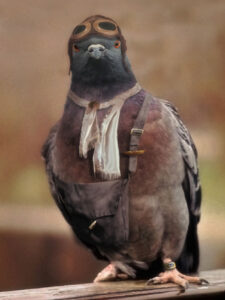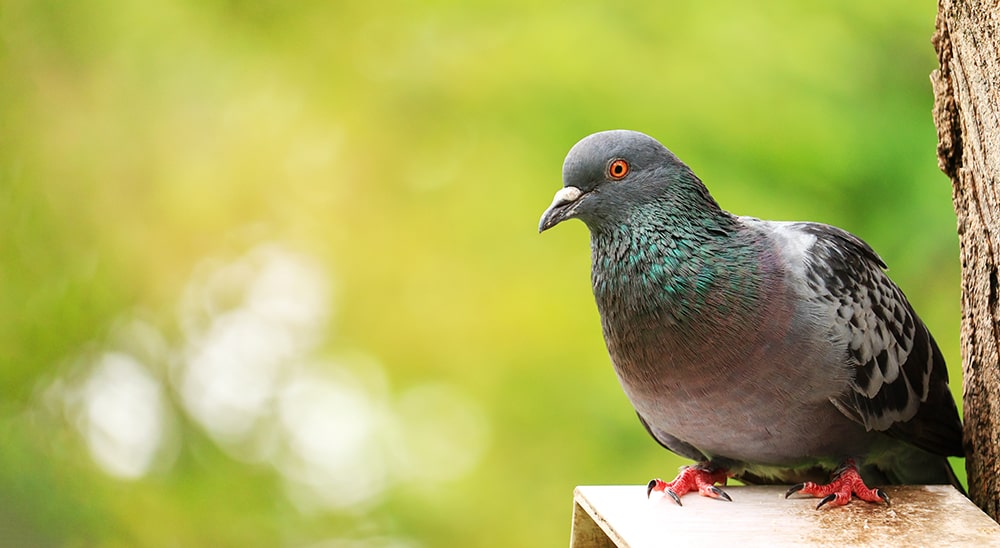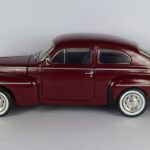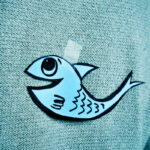- Columba: Pigeon is a broad term for pigeons in the genus Columba. The most common pigeon in the western world is the domestic pigeon (Columba livia domestica) and it is also the species most people refer to when talking about pigeons
- Occurrence: Pigeons live in all parts of the world except the South Pole (Antarctica)
- Pairing: Unless forced to separate, pigeon pairs usually stay together for life. Pigeons especially live together as pairs during the mating season, but otherwise tend to always live in flocks of up to 500 other pigeons (depending on how much food is available)
- Pairing: Pigeons mate when there is enough food to support the development of an egg. In cities, this can happen throughout the year. The maximum number of egg-layings per year is 6
- Feces: Throughout the history of the world, pigeon feces has been a valuable commodity; both in Ancient Egypt where it had cosmetic uses, but also in England where it was owned by the royal family for centuries and used to make gunpowder
- Pigeon milk: Pigeons – like flamingos and penguins – can produce a milky secretion, aptly named ‘pigeon milk’. Both male and female pigeons can produce pigeon milk and the production takes place in the ‘inn’, which is a kind of opening in the esophagus. Pigeons feed pigeon milk to their young by regurgitation (a form of regurgitation). Nutritionally, pigeon milk has little in common with mammalian breast milk, but pigeon chicks feed on it for the first week of their lives
- Pigeon racing: Pigeon racing is a popular sport that is played internationally. Winning a big pigeon race can bring in millions of dollars and the racing pigeons can sell for thousands of dollars at auction
- Food: In the spring, urban pigeons can occasionally be seen eating grass seeds or berries in parks, gardens and the like, but in cities there is generally enough litter for pigeons to survive
- Intelligence: Pigeons are highly intelligent compared to many other birds and animals. They are among some of the only ones to pass the so-called ‘mirror test’, which tests an animal’s ability to recognize itself in a mirror
- Pigeon eggs: Pigeon eggs have been consumed by humans for as long as we have existed. Especially in China, pigeon eggs have had many gastronomic uses throughout history

Fact: Humans have been using carrier pigeons for thousands of years (note: image has been retouched – real carrier pigeons don’t wear clothes…)
Pigeons and humans
- Mesopotamia: Pigeons have lived side by side with humans for thousands of years and the first records of their coexistence with humans date back to 5000-year-old Mesopotamian stone tablets
- Darwin: Pigeons were a central part of Darwin’s work when he developed his theory of evolution
- Picasso: Picasso greatly admired pigeons and often painted pictures of them. He even named his daughter Paloma, which means ‘dove’ in Spanish
- Table tennis: A behavioral psychologist named B. F. Skinner taught his pigeons a primitive form of table tennis, using their wings as bats
Facts about racing pigeons
- 3000 years: Humans have been using pigeons to carry messages for at least 3000 years
- 1100 km: The homing pigeon is an independent variant of the domestic pigeon, bred to find homes over long distances (up to 1,100 km)
- 140 km/h: Homing pigeons fly at an average speed of around 80 km/h, but some racing pigeons can reach speeds of up to 140 km/h over short distances
- OL: It was a carrier pigeon that brought the results of the first Olympic Games in 776 BC.
- Napoleon: In 1815, it was also a carrier pigeon that delivered the news of Napoleon’s defeat at Waterloo to British stockbroker Nathan M. Rothschild. He was the first Briton to know the outcome of the battle, giving him a huge advantage on the stock market and making him a very rich man
- World Wars: In both the First and Second World War a few carrier pigeons were honored for their courage and efforts, as their messages saved the lives of thousands of soldiers. Almost 1 million carrier pigeons participated in the two world wars
- Reuters: Paul Julius Reuters literally built his news empire on carrier pigeons, which at the time were much faster than the mail train (although pigeons were replaced by telegraphs in 1851)
- India: In the city of Orrisa, India, the police used carrier pigeons until 2006





